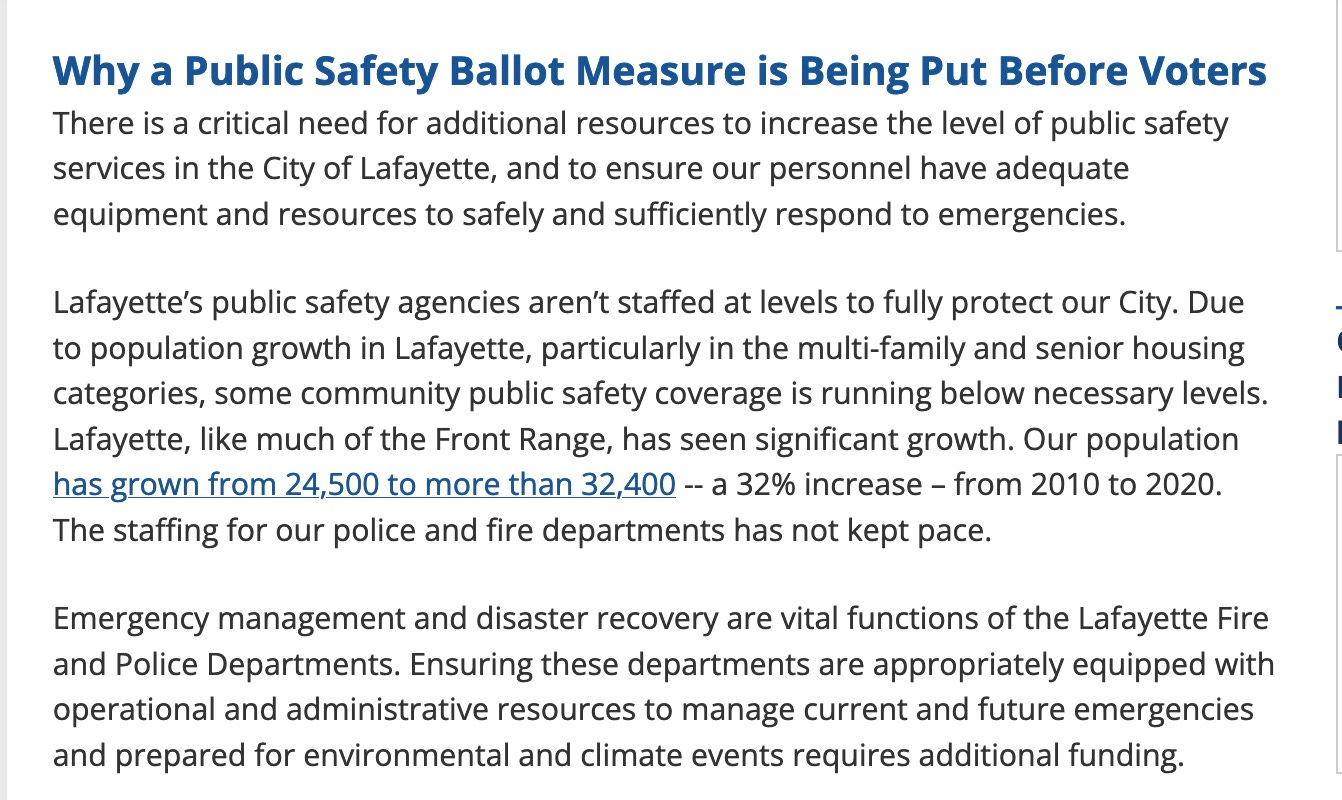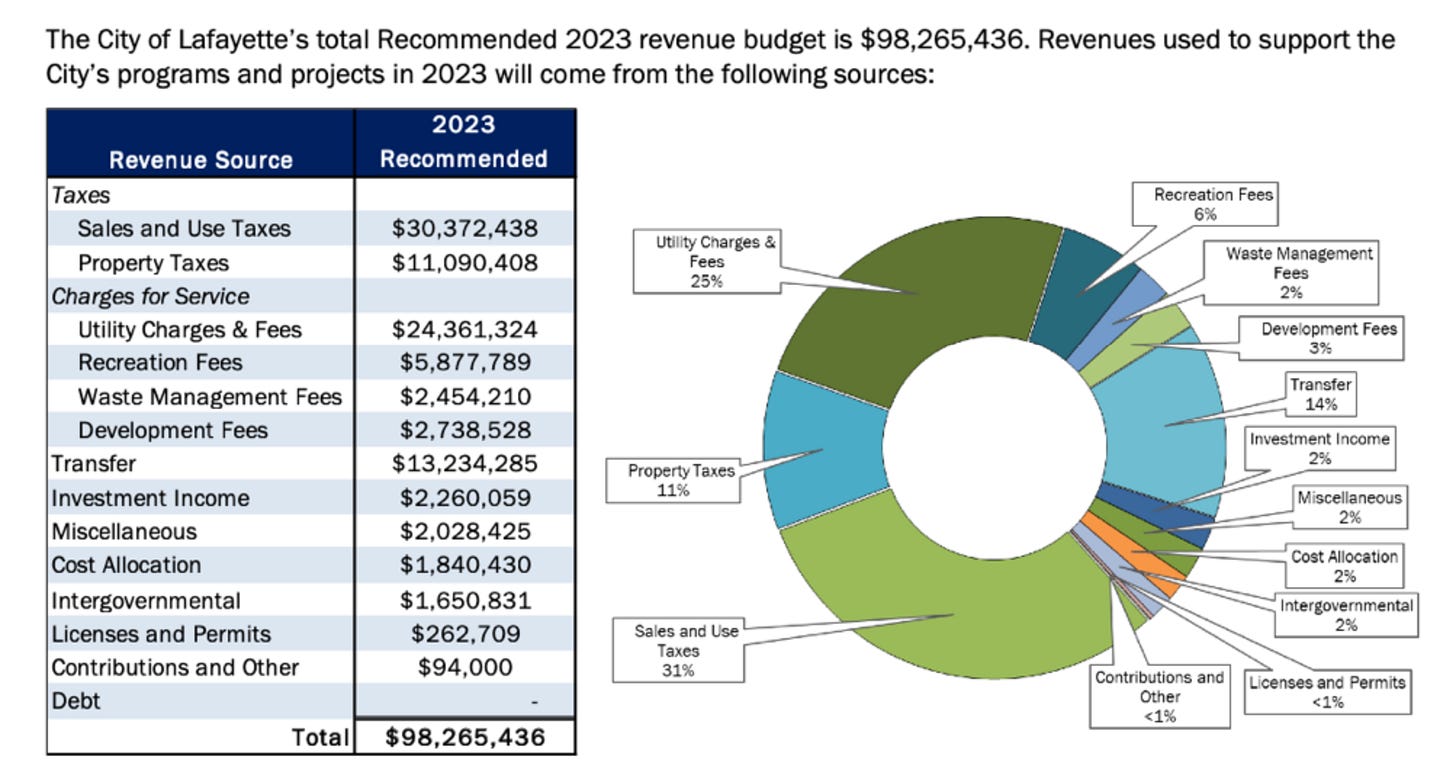851995 © Caroline Henri | Dreamstime.com
How does one jump into explaining the water situation we find ourselves facing? Good question. I have no idea. I guess I will take the plunge and start with the scintillating topic of Enterprise Funds. Wait, wait, don’t fall asleep I’ll try to make it as painless as I can.
ENTERPRISE FUNDS
Groan, boring! I know I know.
Our water, water reclamation (think wastewater), stormwater and golf course are enterprise funds. Simply put each fund must operate like a business, funded by the customers only. These were created by TABOR in 1992.
The golf course is completely self-funded by customers who are golfers paying to play and eating at the club house. If you don’t play there you are not contributing to its running or maintenance. In fact if the golf course gets in trouble and doesn’t have enough money in the kitty to continue to run we can’t just take a chunk of money from our main bank account the general fund, and give it to the golf fund.
The Colorado Constitution’s official definition is a “government-owned business authorized to issue its own revenue bonds and receiving under 10% of annual revenue in grants from all Colorado state and local governments combined.”
Now take that image of the golfers paying for the course without support from the rest of us and apply it to the water funds. Each of us is a customer and each of us must pay for the services provided by each fund. If the fund balance isn’t enough to cover the services we have to pay more, we can’t just move money into the account. (Not more than that allowed 10%). We can borrow money, but that comes with extra fees.
HOW DO WE GET THIS LIQUID ANYWAY?
First a fairy comes down and waves her, oh sorry, that’s another story.
Water in the west is complicated big time. To boil it down as simply as possible, it snows in the mountains and humans have devised ways to funnel the melted snow all the way down here via a series of ditches, pipes, rivers and reservoirs.
Keep in mind this is about snow, if there is a decrease in snowfall there isn’t as much melt off. So every year our city staff sit hunched over weather reports and snow depth charts with their fingers crossed that enough will fall to cover our needs through the year.
Those reservoirs are important because just like squirrels store nuts for winter, we store water for summer when our usage is higher. The more full the reservoirs the louder the sigh of relief coming from city hall.
THE COMPLICATED VERSION - OMG
Just to give you a visual of some of the complexity involved here. See all the creeks and ditches, pipelines and reservoirs? We own Baseline and Waneka reservoirs and the Goosehaven reservoir complex. Storage.
Here’s a wider view showing the Colorado-Big Thompson project known as C-BT which supplies most of our water.
OH THAT GROWTH AND ITS EFFECTS ON ALL OF US
If you’ve followed some of my commentary over time you might have seen me talk about rooftops not paying for themselves. This isn’t some “crazy woman with gray hair and long skirts mumbling about aliens while wearing a tin foil hat” kind of talk. (OK I don’t have a tin foil hat stylish though they might be, or mumble about aliens but you get my drift) Gary Klaphake, our former city administrator used to say it too.
There are associated costs with adding housing to the city that fall on all of us. Even if there are fees placed on developers to cover some costs they don’t cover everything.
If you need some examples of this, I can point to what I saw as it happened. When I moved to Lafayette over 35 years ago we had an all volunteer fire department housed in what is now the home of the WOW Museum in Old Town. (By the way the city still owns that building). When there was an emergency a siren would go off and all the volunteers would rush over to the fire station. I kid you not, it was pretty awesome (not the emergency but the response!) and totally small townish.
As growth happened we needed a new and larger building, which you can see on 111th. Then we needed more staff who are no longer volunteers. We were told the current location would be able to serve the entire city. Well, that turned out not to be true and we had to build another station out south near Good Samaritan. All these changes required funding and that funding came from those of us who live here, sometimes via property tax increases and bonding.
You might recall a few years back the voters were asked to approve a Public Health and Safety Tax. That ballot question passed. Here’s a blurb from the city website that explains the need for the tax.
WHAT A WHINER SHE IS - NO IT’S THE BIG PICTURE, PEOPLE
I’m really not whining, what I am trying to show is how adding more housing to the town has an effect in more ways than increased traffic and loss of open areas. This is the type of information that is not often part of the discussion about growth.
More rooftops means more wear and tear on city infrastructure and more staffing. It could lead to a drain on current facilities like the rec center or library which means the need for larger buildings etc. If that were to happen we would all be on the hook for the costs. (PS the library and the police department used to be in city hall!)
WHAT’S THIS GENERAL FUND YOU TALKED ABOUT? AND WHY AREN’T YOU WRITING ABOUT WATER ANY MORE?
Excellent questions dear reader. First, I should warn you, I am wordy, very wordy. Second though, there are a lot of parts to all this city stuff and knowing about them can really help to gain a better understanding of what’s happened and what solutions might be offered. And that’s kinda what I do when I write about city topics, I offer knowledge and background so you know who to be mad at, or how to take action should you wish to do so.
Here’s a quick rundown of the general fund and how we pay for stuff. Sales taxes are the driver. Property taxes contribute but not nearly as much as when we shop in town or buy something online. (We get a cut of those online sales taxes now) So again adding more housing isn’t covering the costs of running the city.
This is from the 2023 budget book. Look at that sales tax section. Utility fees are the water, wastewater and stormwater funds. The three enterprise funds.
OK THAT’S ALL THE LEARNIN’ FOR TODAY
So now you know about enterprise funds (did you get a nice nap?), how our water gets to us, the impact of growth on all of us from a pocketbook angle and the make up of funds flowing into the general fund that pays for services. The exception is the water funds because they stand alone, which is important in all this and why I took a few detours.
OH ONE MORE THING
I told you I was wordy.
One final takeaway I offer from this is that you should be able to see that shopping in Lafayette is sort of a biggie. Not only does it fund many of our services but every time you buy something here you are contributing to funds earmarked for our open space program. Shopping in other communities contributes to their funding. (Uh oh except Nine Mile Corner, now I have opened the door for another post!)
I shall now step off my soapbox and go and pull a few weeds. Thanks for reading!








